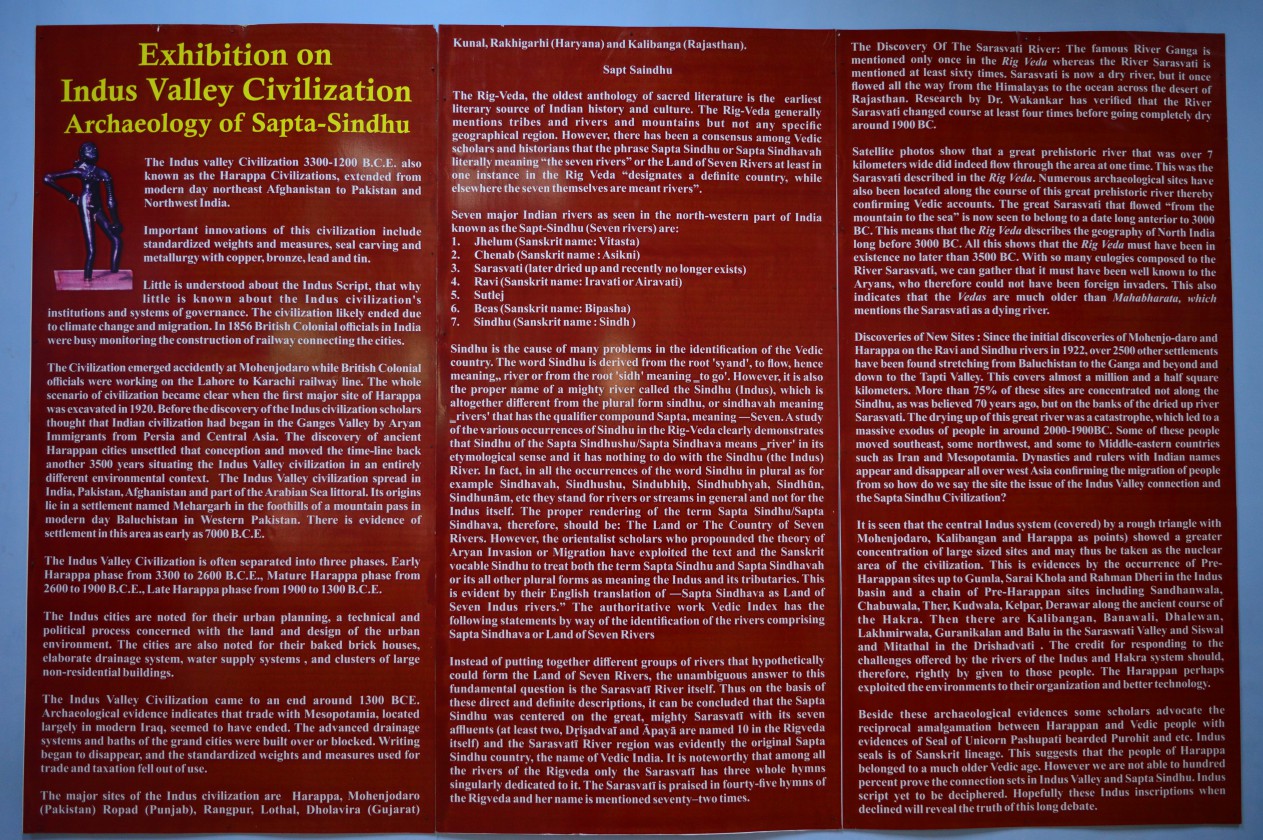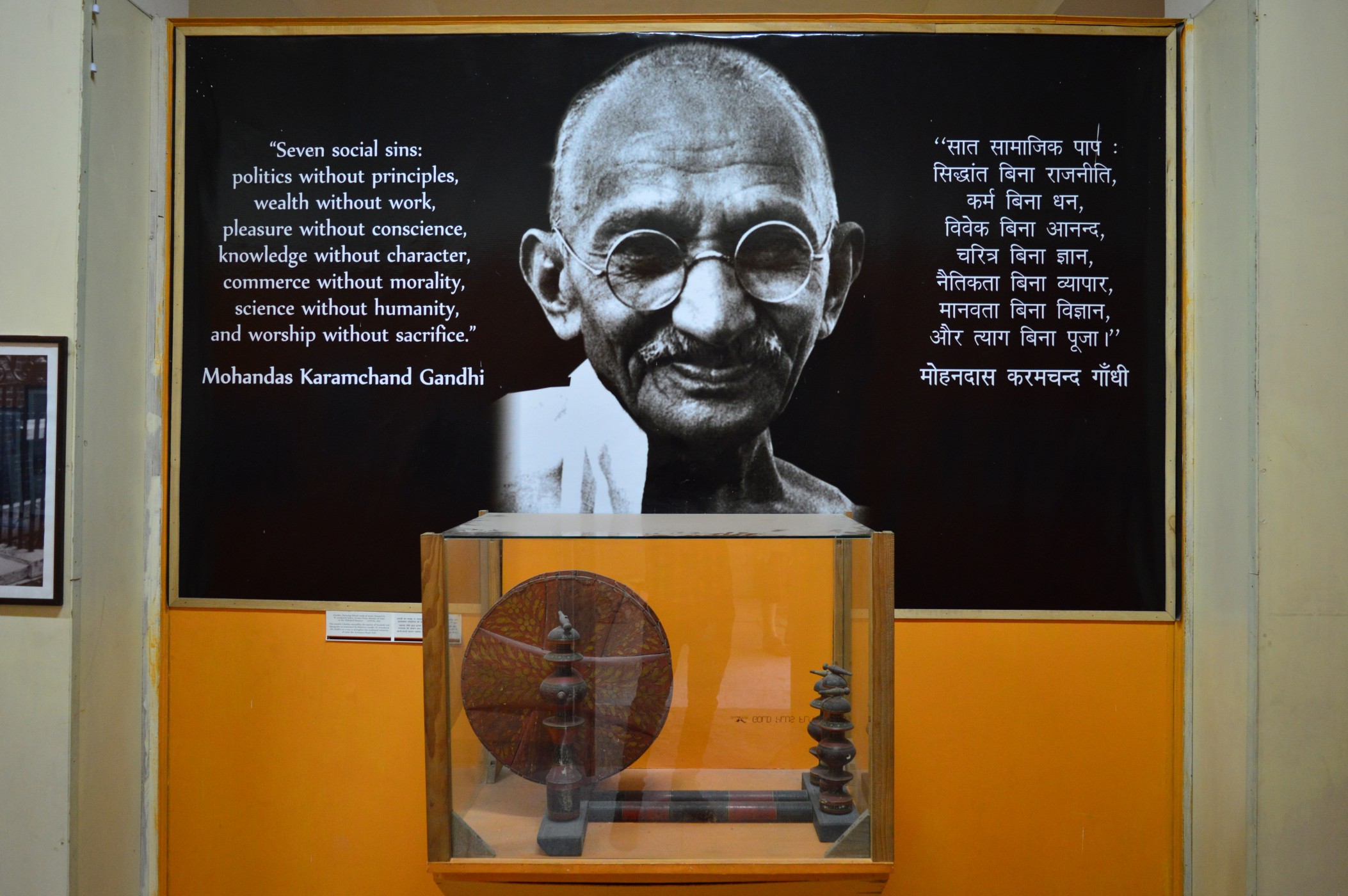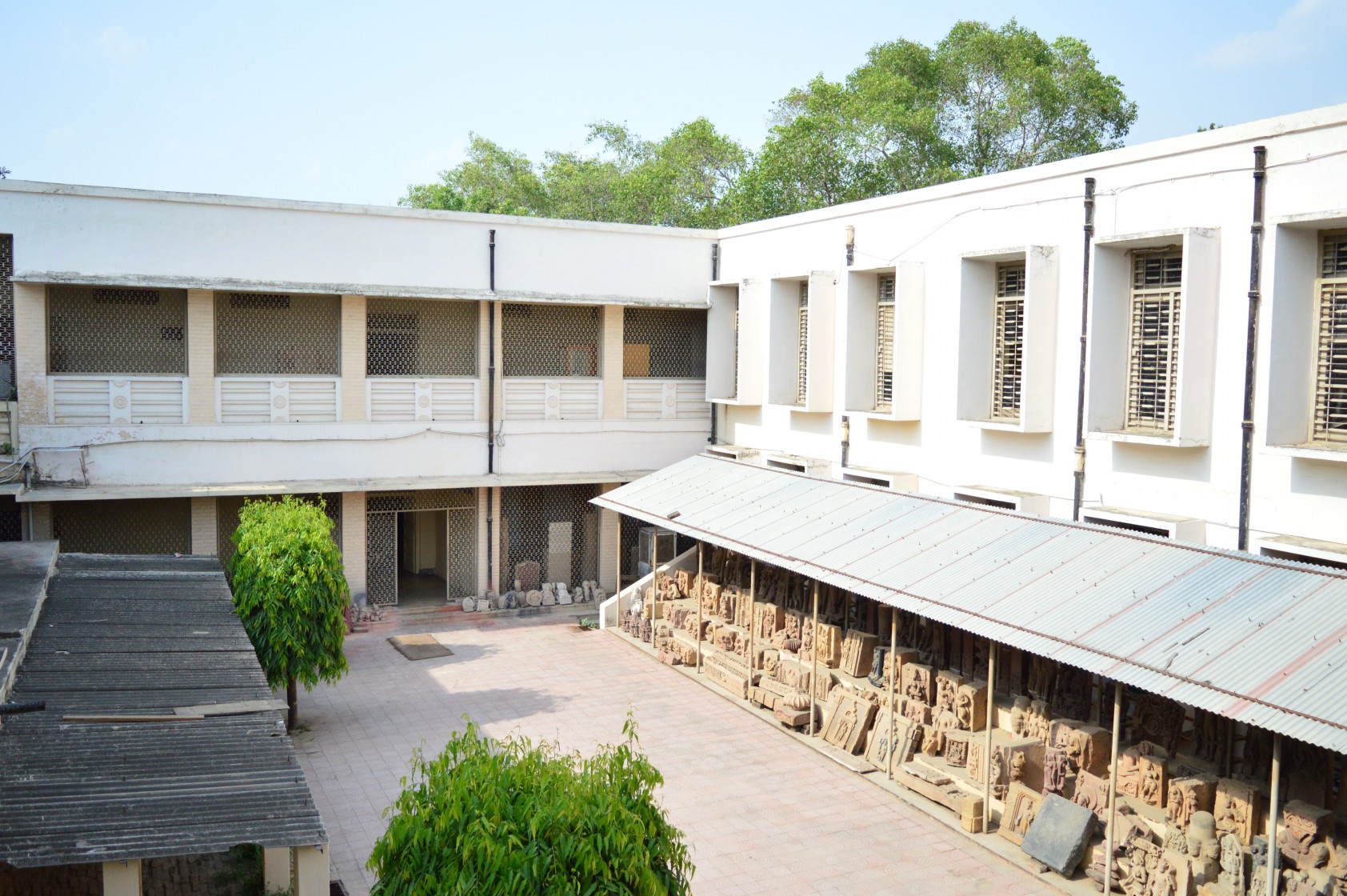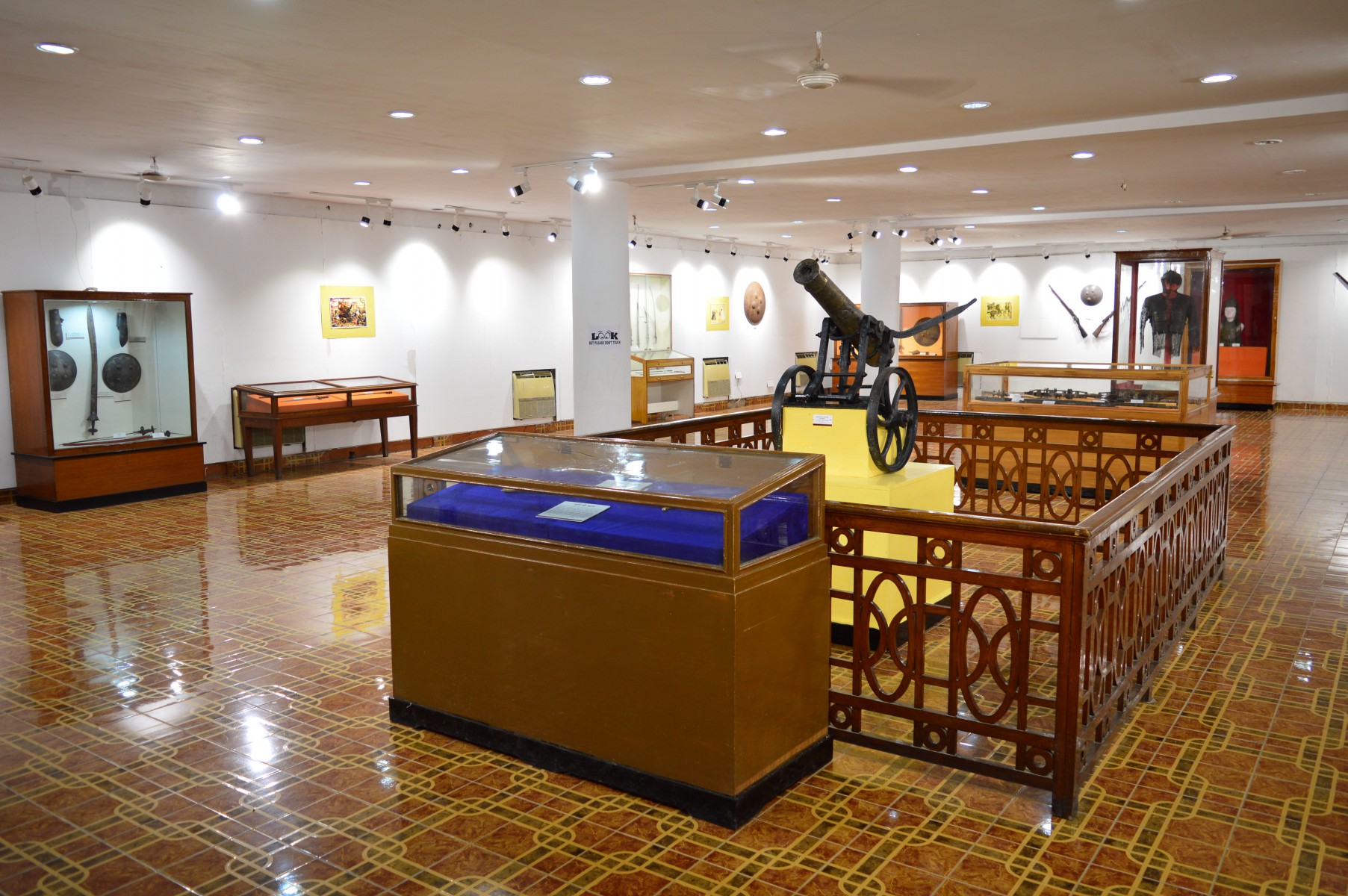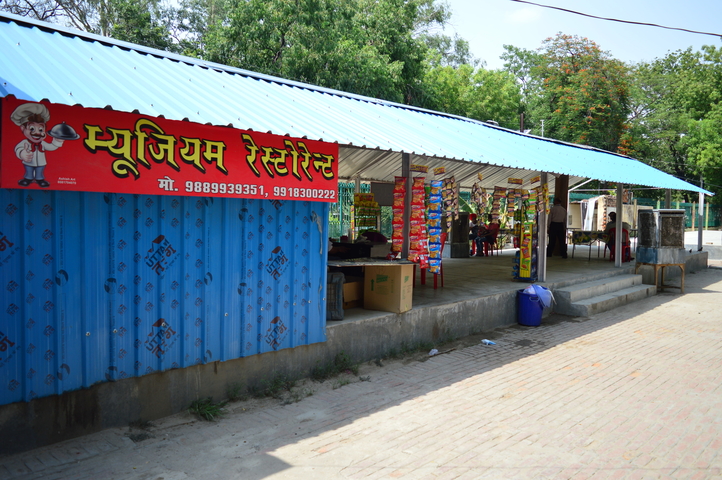Vivid depictions of India’s distant and recent past await visitors at the Allahabad Museum. Around 72,000 artefacts are on display here, ranging from the times of antiquity to modern history. The 16 galleries here are an attempt to weave for visitors a rich tapestry of cultural, historical, anthropological and contemporary knowledge, which they can easily and eagerly understand and pass on to others.
The galleries lead to different directions in the main building, each dedicated to a specific theme. As one enters the building, one is greeted with the star attraction: the pistol used by the late freedom fighter, Chandrashekhar Tiwari “Azad”, whose last stand against British oppression needs no mention.
Other galleries focus on themes such as the Natural History gallery, Gandhi gallery, etc. Artefacts of natural history dating back from 40,000 to 1.5 lakh years ago form some of the oldest items on display. Paintings, sketches, ancient sculptures and weaponry from different eras adorn this museum. Much more than being a house of wonders, however, the museum also regularly conducts workshops on such topics as artefact conservation, documentaries, etc. Seminars, panel discussions and other activities are also conducted in the notable Pandit Brijmohan Vyas Auditorium.
25.4568631, 81.848975
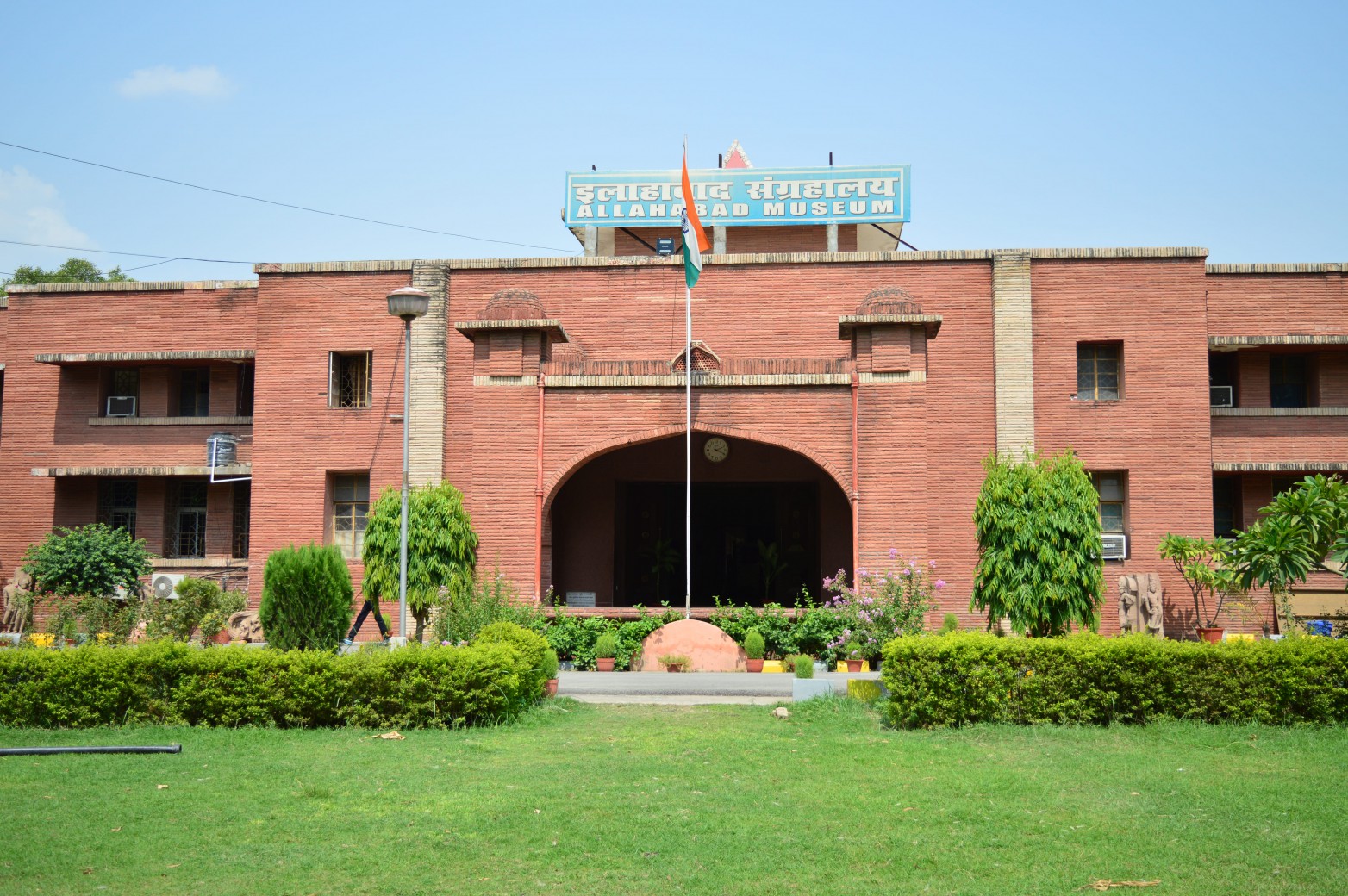
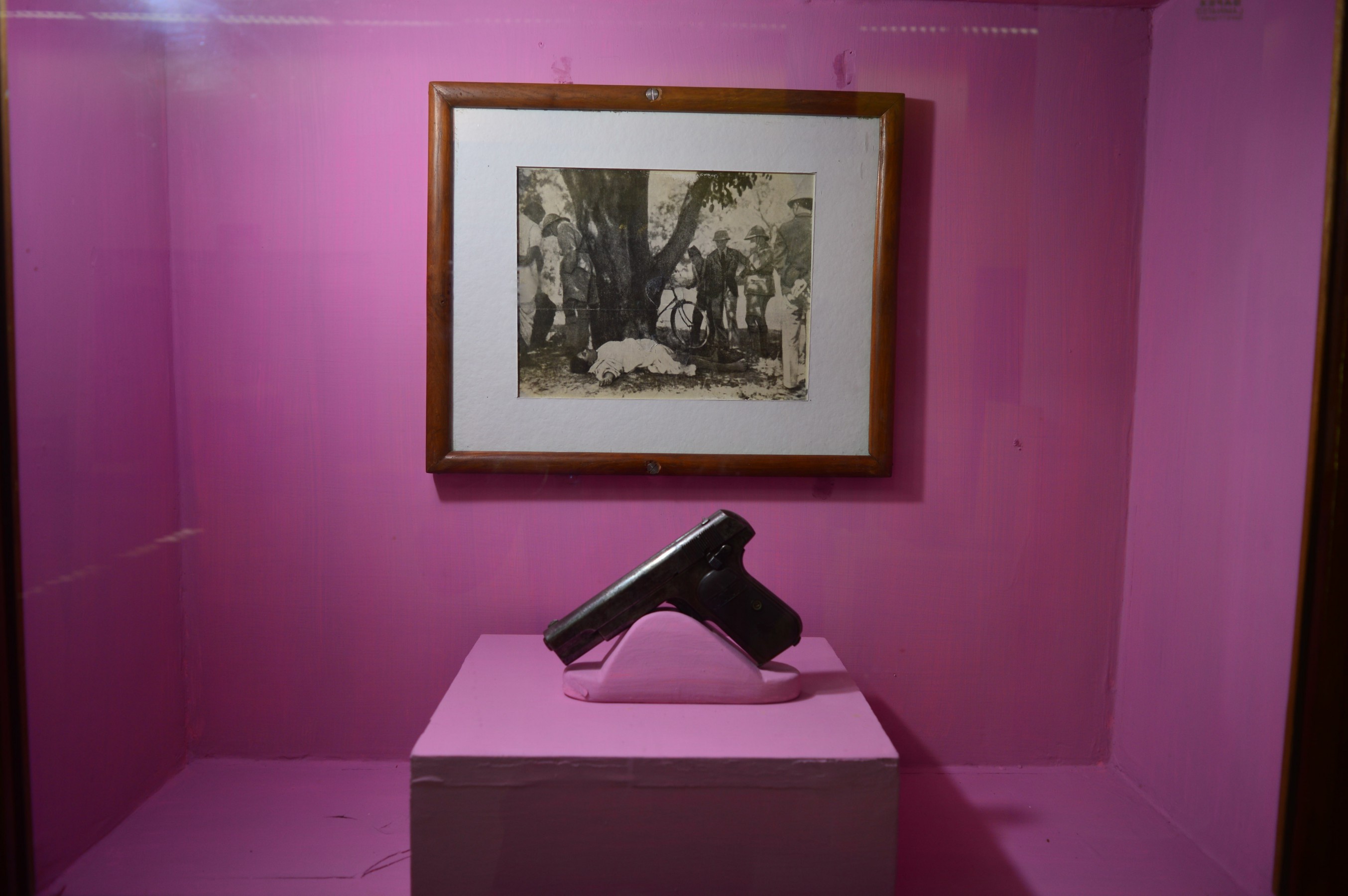
This self-loading pistol was used by the revolutionary Chandrashekhar Azad (1906-1931). On being asked his name, he retorted, "Azad", meaning free. This has been his title ever since.
Azad was involved in the armed struggle against the British. His exploits included the Kakori Train incident, and the attempt to blow up the Viceroy's train. When finally cornered, he managed to shoot three policemen, before shooting himself in the head with the last bullet.

The figure of Bhairava is depicted in a standing posture. The lower right hand holds a bowl, while the upper right hand is broken. The lower and upper left hands hold a khatvanga and a snake-like object respectively. The face sports a beard and moustache, and the mouth is open. The human skulls on the khatvanga and the jata bare their teeth in demonic laughter.
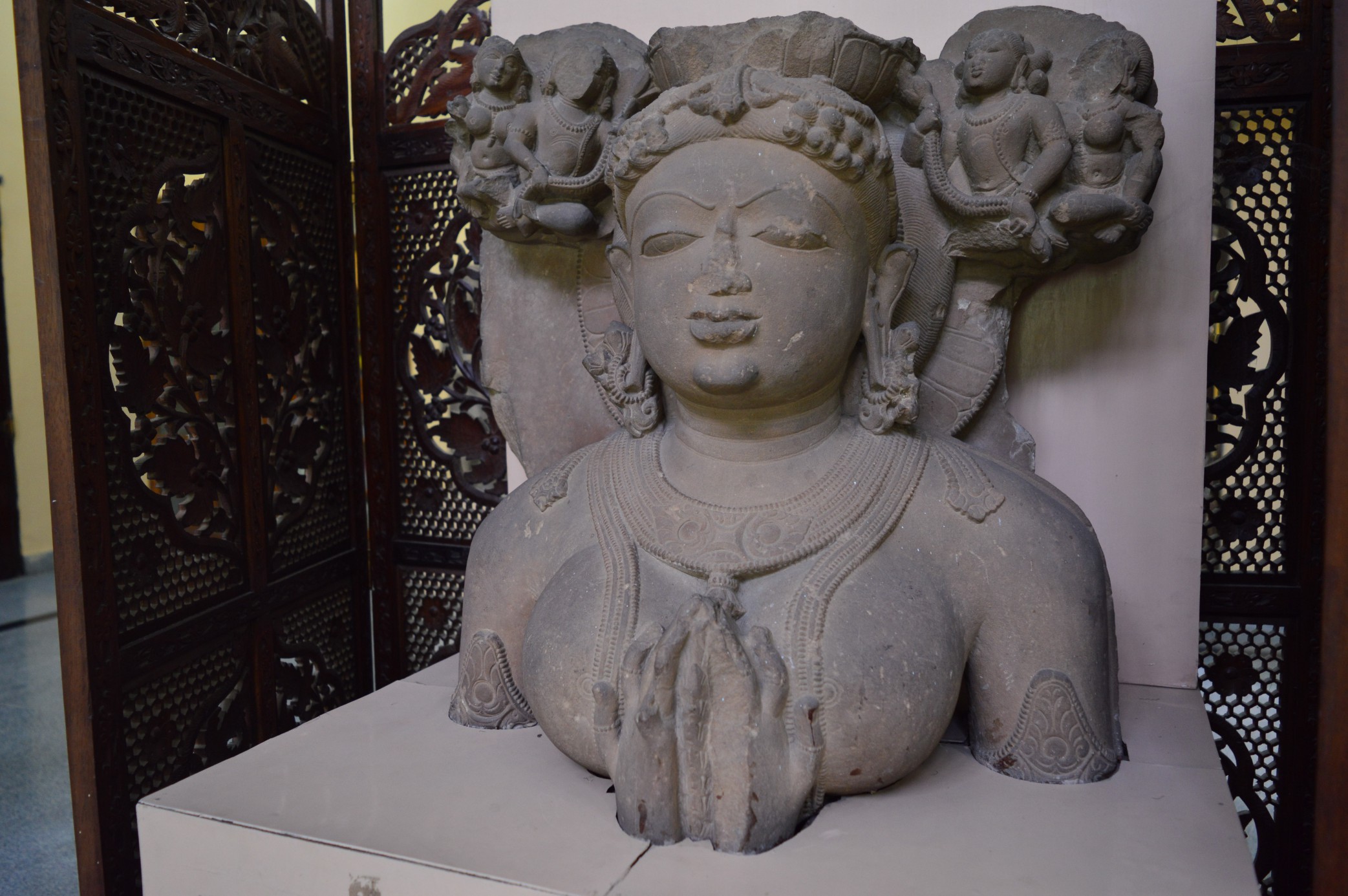
The portion below the waist is missing. The hands, held in the anjali mudra at the breasts, are filled with flowers. The face is somewhat round with elaborate earrings and the hair is done in a large coiled bun which is carved against the lotus halo. Above the head is a lotus pedestal that probably supported five lingas, now missing. On either side are Vidyadhara couples, carrying garlands.
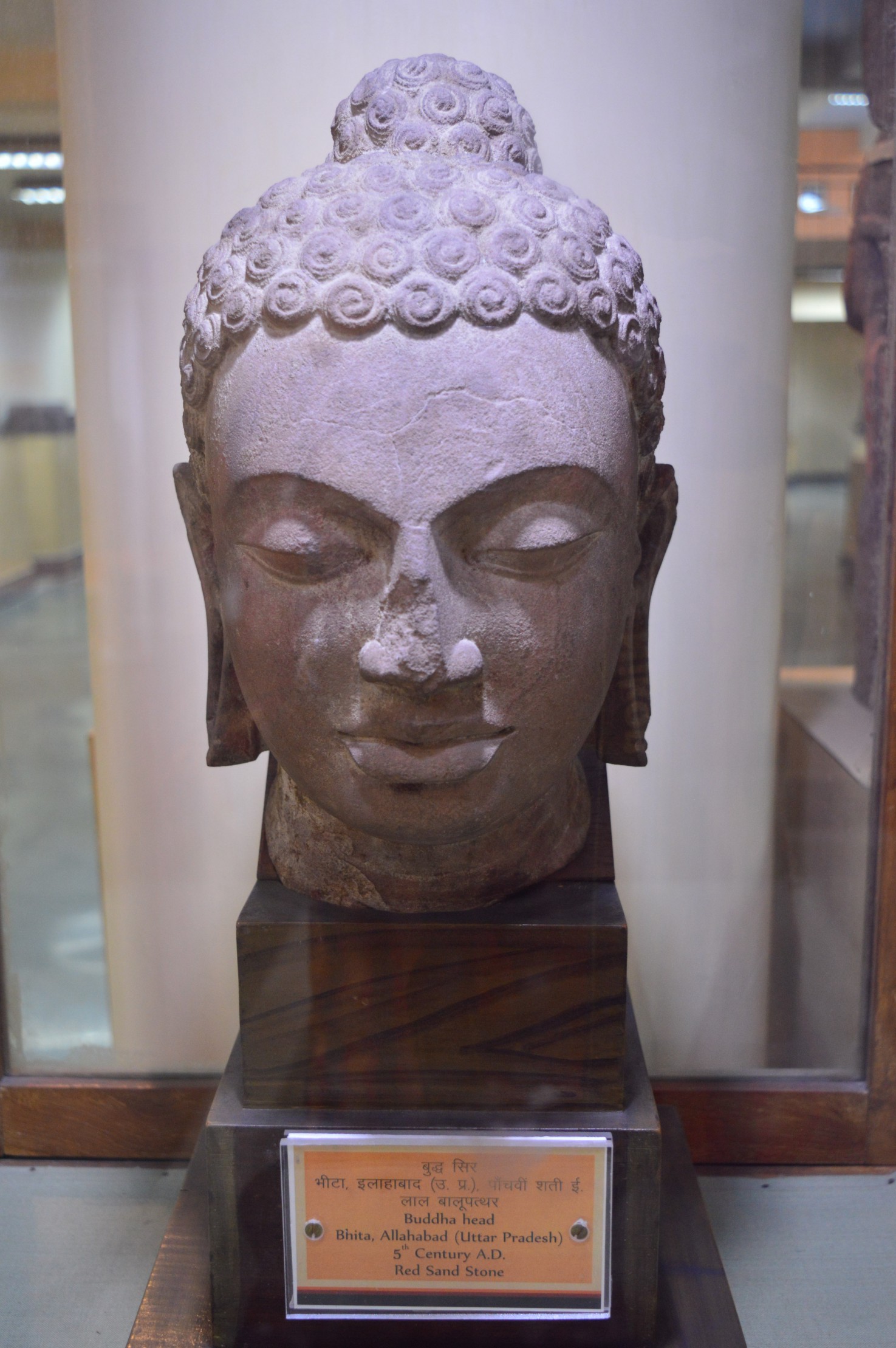
The head is strongly reminiscent of the Gupta style of architecture at Mathura. The linear features of the face, however, are softened and more in keeping with delicate handling, characteristic of the Sarnath school.
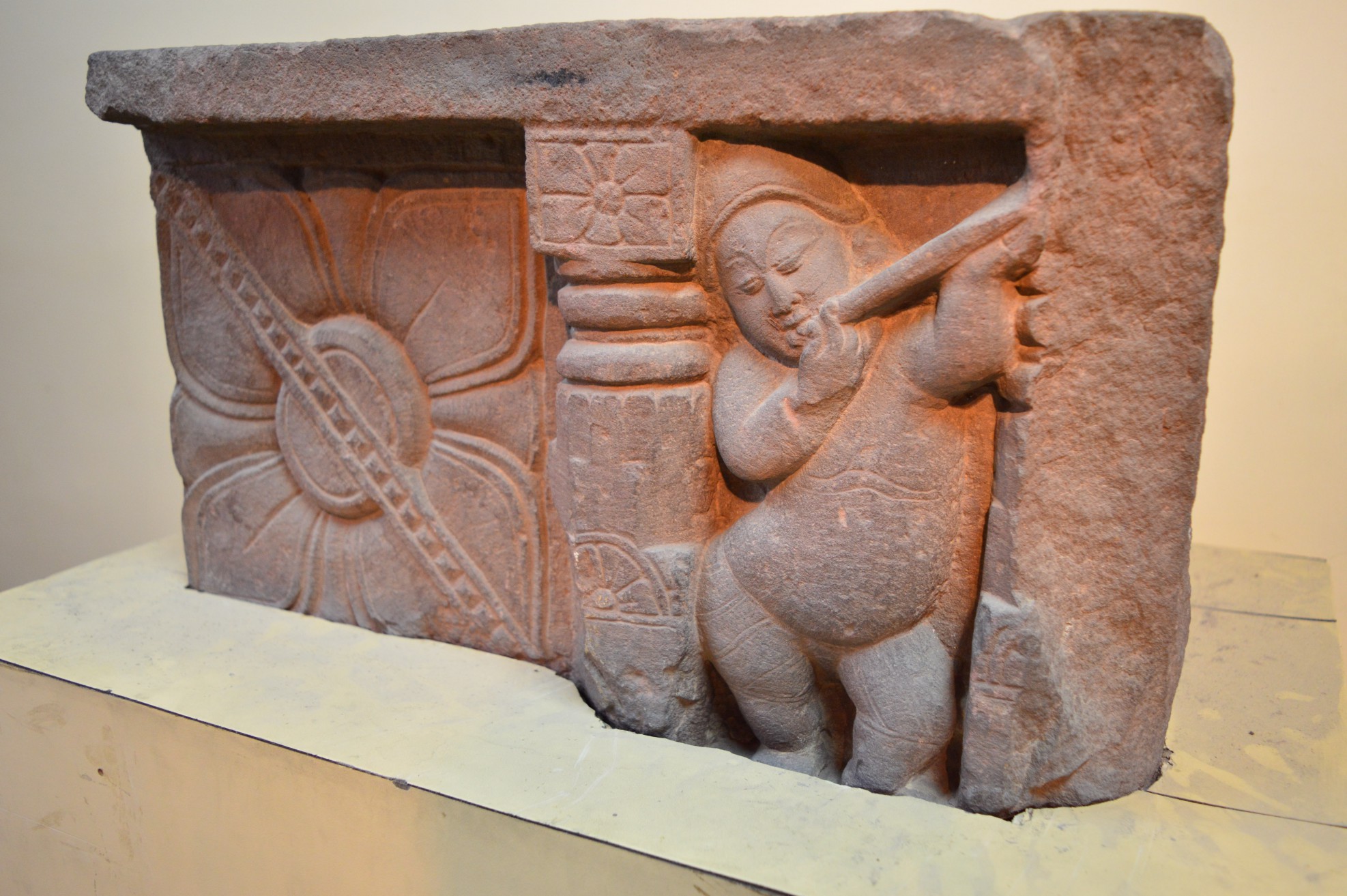
The fragment consists of two panels: the one on the left contains a lotus die cut diagonally by a beaded band with smooth narrow edges; the one on the right contains a gana blowing a conical horn.
